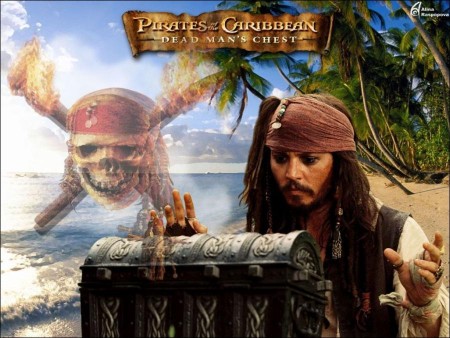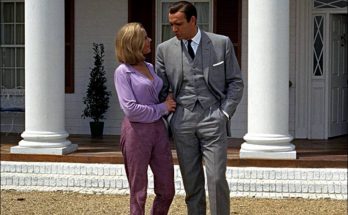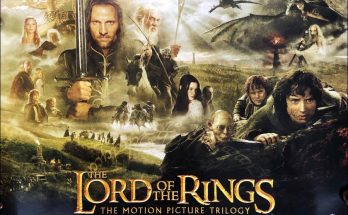Pirates in the Third Dimension. “The only way we would release ‘Pirates of the Caribbean: On Stranger Tides’ in 3D,” states Jerry Bruckheimer, “is if the film was actually filmed in 3D. This was very important to both Rob Marshall and me, because what we want to do is to give the audience a completely immersive experience in crystal-clear 3D that brings them right into the action, not hurt their eyeballs. And this is one of the first big adventure films to shoot in 3D on location rather than against green screen or entirely on soundstages.
With this one, we are actually in the jungles, on the beaches and on the streets of 18th-century London. “It’s a much different experience when you have to deal with the elements with two cameras rather than one, so it takes more time and adds to your budget,” Bruckheimer continues. “But shooting in digital 3D gives real dimension and size to the movie.”
“We felt very much like pioneers, I have to say,” adds Marshall, “because rarely has a film taken 3D cameras into these remote locations. We took these delicate cameras into locations like jungles, beaches, caves and ships. It was a challenge. We discovered a lot on our feet as we were going.”
Shooting in 3D presented numerous challenges to Director of Photography Dariusz Wolski (who had served in that capacity on all three previous “Pirates of the Caribbean” films on 2D 35mm film and whose collaborations with Jerry Bruckheimer go all the way back to “Crimson Tide”). “Jerry really threw a curveball at me when he said that we should shoot ‘On Stranger Tides’ in 3D,” Wolski admits. “It was a fairly new technology, and other big adventure films, like ‘Avatar,’ had been done primarily in the computer. No one had really done a movie from beginning to end, physically on location, in 3D. And especially a movie like ‘On Stranger Tides,’ which required exotic locations, big seats, boats, jungles, beaches and all the natural environments.
“It was very ambitious, and very scary,” Wolski continues, “because although everyone wants to make 3D movies, it wasn’t really figured out. We shot with two RED cameras rigged together, one shooting into a mirror. Everything has to be electronically coordinated, so there are a lot of cables, scientists and computers all over the set, and we also had a 3D monitor that we used to analyze the imagery while we were filming.”
The highly evolved RED cameras also allowed Wolski to film 3D with great attention to historic detail and lighting. “We’re trying to be very true to the period in retaining candle and natural light, as you see in 18th-century paintings. The RED is remarkable when it comes to low light level, which people relate to, as they do to a beautiful sunset,” adds Wolski.
As for the artful usage of 3D in “On Stranger Tides,” Dave Drzewiecki, the on-set stereographer, notes, “You can poke people in the eyes with spears and shoot water at the lens, but that’s not really what this movie’s about. It’s actually a very immersive and, in many ways, subtle use of the 3D experience, and it’s much grander in its depth.”
Views: 184



